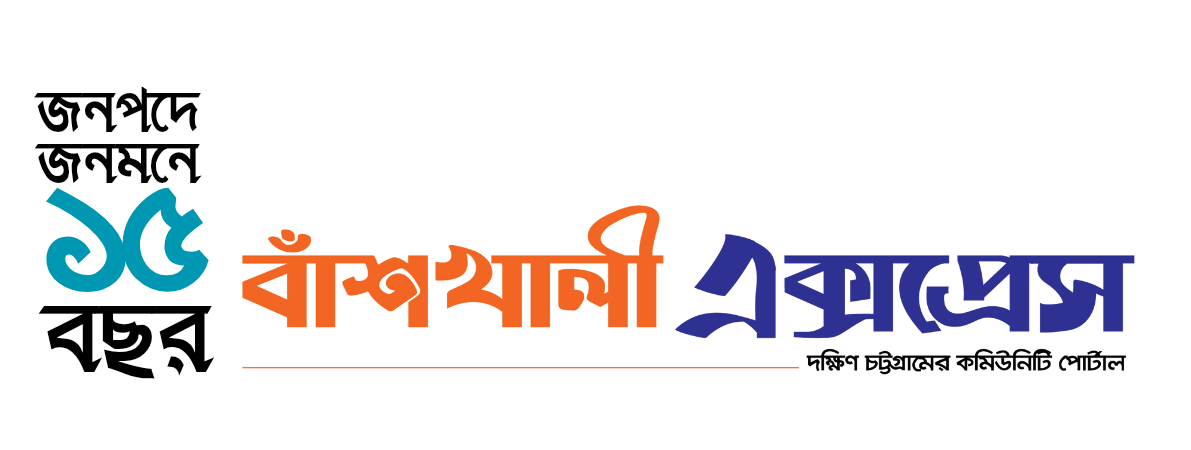
সেঁউতি; আদি কৃষি উপকরণ

সেঁউতি একটি ঐতিহ্যবাহী জল সেচের পাত্র, যা গ্রামবাংলার কৃষিকাজে একসময় অপরিহার্য ছিল। কৃষকরা খাল, পুকুর বা নদী থেকে পানি তুলে জমিতে সেচ দেওয়ার জন্য সেঁউতি ব্যবহার করত। এটি সাধারণত বাঁশ বা টিন দিয়ে ত্রিকোণ আকৃতিতে তৈরি করা হতো। পাত্রটির দুই পাশে চারটি রশি লাগানো থাকত, যা দুই ব্যক্তি ব্যবহার করত। তারা নিচু স্থান থেকে পানি তুলে উঁচু জমিতে ছিটিয়ে সেচের কাজ করত।
দশক দেড়েক আগেও গ্রামাঞ্চলে এটি ছিল সেচকাজের একটি গুরুত্বপূর্ণ মাধ্যম। তবে আধুনিক প্রযুক্তির উন্নতির ফলে পাম্প মেশিন সহজলভ্য হওয়ায় সেঁউতি প্রায় বিলুপ্তির পথে। এটি আমাদের কৃষি ঐতিহ্যের একটি স্মারক, যা গ্রামীণ জীবনের একসময়ের বাস্তবতা ও কৌশলের কথা মনে করিয়ে দেয়।
Seuti: A Traditional Irrigation Tool
Seuti is a traditional water irrigation vessel that was once essential for agricultural practices in rural Bengal. Farmers used it to lift water from canals, ponds, or rivers and irrigate their fields. Typically made from bamboo or tin in a triangular shape, the seuti had four ropes attached to its sides. Two people operated it by lifting water from lower sources and pouring it onto higher fields for irrigation.
Even a decade and a half ago, the seuti was a vital tool for water distribution in rural areas. However, with the advent of modern technology and the widespread availability of water pumps, this traditional tool is now on the verge of extinction. The seuti remains a symbol of our agricultural heritage, reflecting the ingenuity and resilience of rural life in the past.
সম্পাদক ও প্রকাশক : পারুল আকতার
ইমেইল : banshkhaliexpress@gmail.com
www.banshkhaliexpress.net | সর্বস্বত্ব সংরক্ষিত | কপিরাইট আইনে নিবন্ধিত | © CW26020